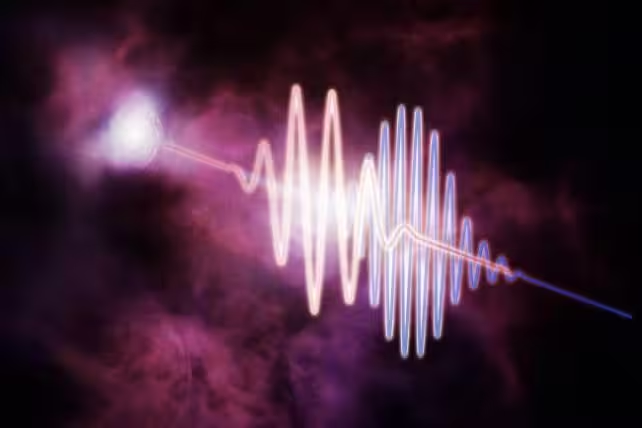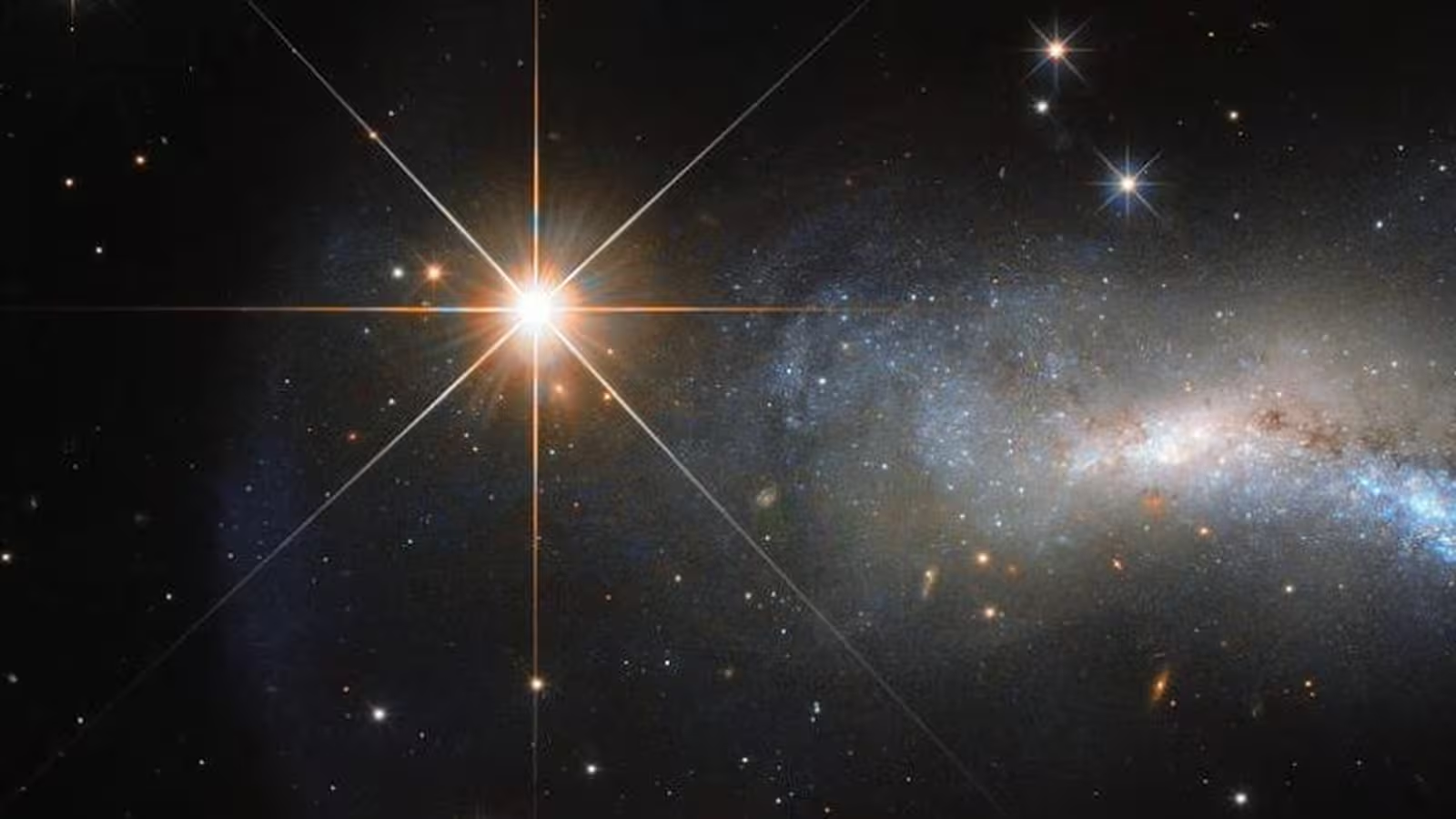4 Minutes
Uncovering the Universe’s Invisible Matter Through Fast Radio Bursts
For decades, astrophysicists have grappled with a profound cosmic mystery: nearly half of the ordinary, or baryonic, matter in the Universe seemed to be missing. Recent breakthroughs, however, are shedding light on this enigma—quite literally. By tracing fleeting but powerful signals known as Fast Radio Bursts (FRBs) back to their origins, scientists are now pinpointing where the Universe’s lost matter is hiding.
The Mystery of the Universe's Missing Baryons
Ordinary matter, or baryonic matter, comprises atoms that make up everything we observe: stars, planets, galaxies, dust, gas—including black holes and life itself. Despite this, astronomers observed that only about half of the expected baryonic matter, inferred from early Universe relics like the Cosmic Microwave Background (the residual glow from the Big Bang), could be accounted for in visible and detectable objects.
This discrepancy—dubbed the "missing baryon problem"—was not due to doubts about the existence of this matter, but rather uncertainty about its location. "The decades-old 'missing baryon problem' was never about whether the matter existed," explains Dr. Liam Connor, an astrophysicist at the Harvard-Smithsonian Center for Astrophysics. "It was always: Where is it? Now, thanks to FRBs, we know: three-quarters of it is floating between galaxies in the cosmic web."

Fast Radio Bursts: Cosmic Beacons Across the Intergalactic Medium
Fast Radio Bursts are extremely energetic, millisecond-long pulses of radio waves detected from all directions in the sky. First discovered relatively recently, the origin of FRBs remains a compelling puzzle. Current models suggest that their source may be "magnetars"—a type of highly magnetic neutron star—but their exact nature is still under active investigation.
FRBs are invaluable for probing the Universe’s structure because of their unique properties. Each burst races through the cosmos, and its signal is subtly stretched and delayed when passing through clouds of ionized gas between galaxies—the very baryonic matter that is otherwise invisible to telescopes. By measuring this delay for dozens of FRBs at varying cosmic distances—including some that have traveled for over 9 billion years to reach Earth—researchers can essentially weigh the "fog" of matter they traverse.
Breakthrough Discovery: Mapping the Universe’s Hidden Matter
A recent study led by Dr. Connor and colleagues analyzed signals from 60 FRBs, searching for signatures of interaction with baryonic matter. The results are transformative: approximately 76 percent of the Universe’s normal matter is now believed to reside in the vast, diffuse regions between galaxies—the intergalactic medium—largely as hydrogen gas. Another 15 percent is found in the dark matter haloes surrounding galaxies and clusters, while the remaining fraction constitutes the stars, gas, and dust within galaxies themselves.
"FRBs act as cosmic flashlights," says Dr. Connor. "They shine through the fog of the intergalactic medium, and by precisely measuring how the light slows down, we can weigh that fog, even when it's too faint to see."
Implications for Modern Cosmology and Future Research
This discovery not only resolves a central issue in astrophysics but also provides astronomers with a powerful tool for mapping the structure and evolution of the cosmos. By pinpointing where baryonic matter resides, scientists can better understand how galaxies formed, how cosmic structures evolved, and how the Universe as a whole matured over its 13.8-billion-year history.
As Dr. Vikram Ravi of Caltech remarks, "It's a triumph of modern astronomy. We're beginning to see the Universe's structure and composition in a whole new light, thanks to FRBs. These brief flashes allow us to trace the otherwise invisible matter that fills the vast spaces between galaxies."
Looking ahead, continued monitoring and analysis of FRBs will refine our understanding of the cosmic web and could reveal new insights into the origins of these mysterious bursts themselves. As technology and detection methods improve, the study of FRBs promises to remain at the frontier of cosmological exploration.
Conclusion
The use of Fast Radio Bursts as intergalactic probes has enabled astronomers to solve one of the most persistent riddles in cosmology—the whereabouts of the Universe’s missing normal matter. This achievement not only clarifies the composition of the cosmos but also opens new avenues for exploring its earliest epochs and ongoing transformation. With each new burst of cosmic radio, humanity edges closer to a comprehensive understanding of our Universe’s hidden structure.
Source: doi



Comments